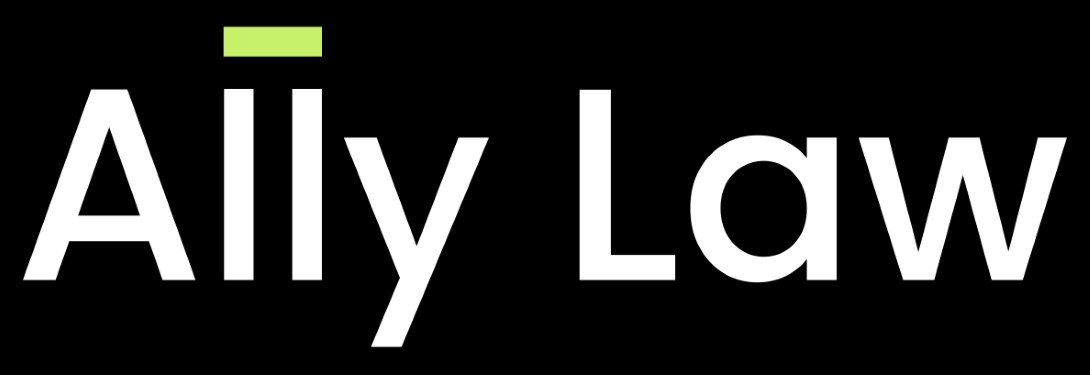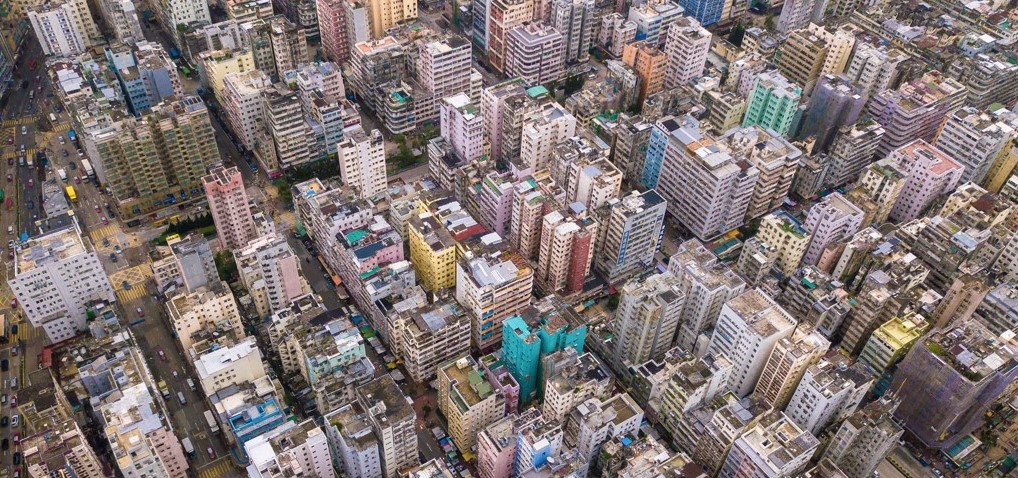By Alex Liu
Hong Kong, 31 May 2022: Carrying out construction work on your home without planning permission can be an expensive – and ultimately pointless – exercise. Not only will the Buildings Department (BD), the building safety regulator in Hong Kong, compel you to remove the structure at your own cost, it may take you to court and seek hefty penalties for non-compliance.
Earlier this month, the owner of a house in Discovery Bay was fined HK$162,800 for persistently failing to comply with two removal orders. The house had been modified with a roof structure of almost 250 square feet and a bedroom extension projecting from the external wall, while metal railings on the balcony and roof had been replaced with glass ones. It was the owner’s second conviction regarding the same works, having been fined HK$90,000 in 2018.
A few days before, a property owner was prosecuted for the third time by the BD over a flat roof structure atop a building in On Ning Road, Yuen Long. The resulting conviction and HK$95,500 fine came on the back of two previous fines totalling HK$95,000. Last December, two co-owners were handed 14-day suspended prison sentences for persistently failing to dismantle illegal structures at a building in Pau Chung Street, To Kwa Wan.
The problem of so-called unauthorised building works (UBWs) has existed for decades and the BD – acting in accordance with the Buildings Ordinance (Cap. 123) – expends considerable time, energy and expertise in combating it. In general, UBWs are categorised as:
- Exterior works or interior additions or alterations involving the structure of the building which are carried out without prior consent from the Building Authority.
- Small-scale works which do not comply with the simplified requirements of the Minor Works Control System under the Buildings Ordinance.
- Interior works not involving the structure of the building which do not meet the standards laid down in the Building Regulations.
Typical examples of UBWs involve enclosed balconies, canopies, signboards, external frames that hold air conditioners, and structures on rooftops or podiums.
Research shows that illegal structures and alterations are more likely to be found in older buildings. According to the most recent figures, there are some 33,600 private buildings in this city which are more than 20 years old. Of this number, almost a quarter were built over half a century ago. Hence the BD deals with a significant number of complaints. Safety officers routinely follow up on suspected UBWs and issue removal orders if necessary.
Such activity was at its height in a 10-year crackdown from 2001 which resulted in the dismantling of some 400,000 illegal structures. While the enforcement intensity has dropped since then – perhaps due to many UBWs being resolved – it remains a thorny issue. UBWs account for up to three-quarters of complaints made to the BD, far outnumbering other problems such as defective drains or dangerous advertising signs.
Building owners are normally given 60 days to comply with a removal order. If they wish to challenge the decision, or indeed any ruling by the Building Authority, they can apply within 21 days to the Appeal Tribunal (Buildings), an independent body. Each hearing at the ATB is before a Chairman and not less than two Members and they have the power to confirm, vary or reverse the Building Authority’s decision. The ATB can also make an order for costs.
If an owner chooses not to challenge a removal order and then fails to comply with it, the BD can have the demolition work done by a government contractor and bill the owner for costs. The order will also be recorded in the Land Registry and, if the property is mortgaged, the financial institution concerned will be notified.
To be clear, failure to comply with a removal notice is a criminal offence with a maximum penalty of one year’s imprisonment and a maximum fine of HK$200,000. For continuing offences, there is a further daily fine of HK$20,000.
It should also be noted that owners seeking to remove UBWs – or carry out maintenance or repairs to improve safety conditions in their building – can get financial help from the BD through its Building Safety Loan Scheme. The applicant must be the owner of a private building, be it a domestic, composite, commercial or industrial building. At present, the scheme does not extend to owners’ corporations.
In summary, owners are responsible for ensuring their premises are free from UBWs and failure to do so can lead to entirely avoidable stress and expense. If in doubt, you are strongly advised to seek professional advice. Here at BC&C we have considerable experience in property ownership and building management issues and are ready to help.
A Partner in BC&C since 2000, Alex Liu was Chairman of the Appeal Tribunal Panel (Buildings Ordinance) for nine years until 2018 and a frequent legal advisor on the TVB documentary series A Property a Day. His key areas of practice include commercial and corporate litigation, investigations by governmental bodies, and insolvency and debt restructuring. He can be contacted at alex@boasecohencollins.com.



